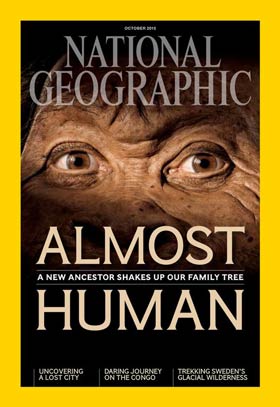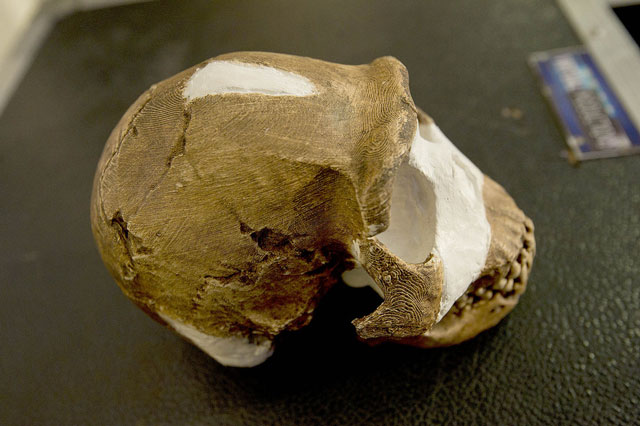The history of mankind has changed with the discovery of a new human ancestor, Homo naledi, in the Cradle of Humankind, it was announced on Thursday.
“Today I am pleased to introduce you to a new species … they are an extraordinary species,” said Prof Lee Berger.
Some 1 550 fossils were found in a cave, and there are thousands more still there.
The find includes 15 individuals — eight children and five adults.
The most interesting part about the discovery is that these bodies were carried into the cave or thrown into the cave.
This means that Homo naledi had an understanding of death, Berger said.
This discovery would reverse stereotypes about Africa and Africans, acting Gauteng premier Lebogang Maile said at the announcement.
Wits vice chancellor Adam Habib described it as a discovery with a global momentous impact.
The discovery unveiled on Thursday was found at the Rising Star cave in October 2013. The fossils were found in a remote chamber, about 90 metres from the entrance.
A team of cavers had to fit through an 18-centimetre wide hole and climb down a 12-metre vertical passage in very dangerous conditions to remove the fossils.
 Here are some interesting facts about Homo naledi:
Here are some interesting facts about Homo naledi:
1. Homo naledi was named after the Rising Star cave — “naledi” means “star” in Sesotho. The bones were found in a chamber of the cave named Dinaledi, accessible only through a narrow chute, about 90m from the cave entrance.
2. Homo naledi looks like one of the most primitive members of our genus, but also has some surprisingly human-like features.
3. Homo naledi had a tiny brain, about the size of an orange, and a slender body, was about 1,5m tall and weighed about 45kg.
4. The teeth are similar to the earliest-known members of our genus, such as Homo habilis, but the shoulders are more similar to those of apes.
5. The hands suggest tool-using capabilities, with extremely curved fingers, more curved than almost any other species of early hominin, which demonstrates climbing capabilities.
6. The feet are “virtually indistinguishable” from modern humans. Its feet and long legs suggest the species was well-suited for long-distance walking.
7. The fact that the fossils were found in a room deep underground, practically alone, in the absence of any other major fossil animals, suggests the possibility of a form of ritualised behaviour previously thought to be unique to humans. It seems like the bodies were carried into the chamber, suggesting an understanding of death.
8. More than 1 550 fossil elements were recovered, consisting of infants, children, adults and elderly individuals.
9. More than 60 cavers and scientists worked together to recover the bones through the 18-cm-wide cave opening.
10. There are potentially hundreds, if not thousands, of remains of Homo naledi still in the chamber. — News24
- All images appear in the October issue of National Geographic




